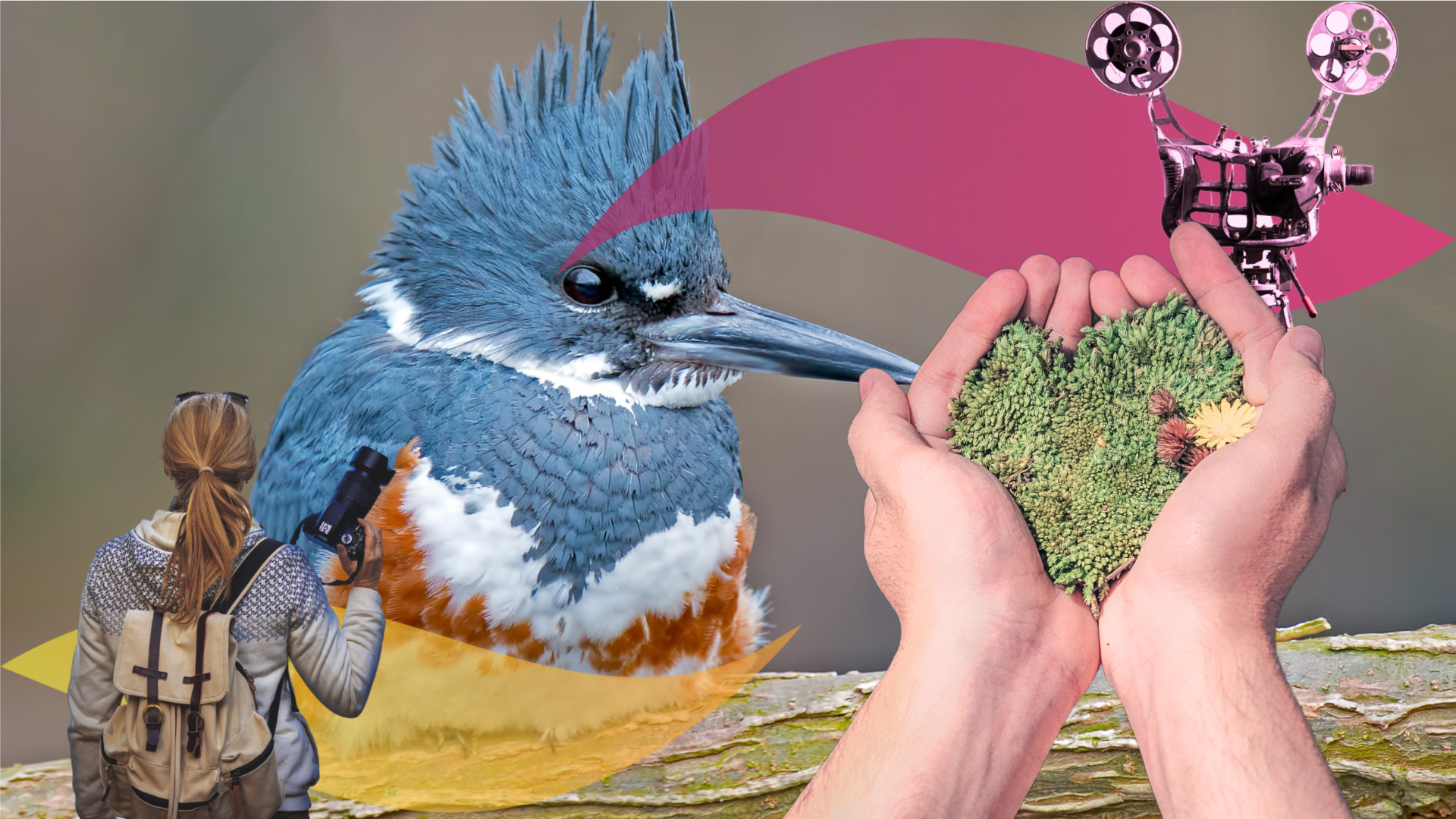Throughout history, the concept of hidden treasures has captivated human imagination, often intertwined with notions of adventure, mystery, and strategic advantage. From buried gold chests of ancient civilizations to secret caches in modern conflicts, the potential for treasures to influence warfare remains a fascinating subject. This article explores how hidden resources have been, and could be, used as tools of war, connecting historical practices with technological advancements and cultural perceptions.
1. Introduction to the Concept of Hidden Treasures and Warfare
a. Defining hidden treasures: historical and modern perspectives
Historically, hidden treasures have included buried gold, artifacts, and supplies concealed to prevent enemy access. Ancient civilizations, such as the Egyptians or Romans, often stored valuables in secret locations to protect them during invasions. In modern contexts, the concept extends beyond physical riches to encrypted digital data or clandestine supplies stored in remote areas, reflecting evolving strategies in warfare.
b. The allure of treasures in strategic contexts
Treasures symbolize wealth and power, but in military terms, they also represent strategic assets—resources that can influence the outcome of conflicts. The allure lies in their potential to provide quick access to supplies, morale boosts, or even psychological leverage over opponents.
c. Overview of the potential for treasures to influence warfare dynamics
The strategic significance of hidden treasures emerges when these assets are used to disrupt enemy logistics, deceive opponents, or motivate resistance. While often romanticized, their practical impact depends on accessibility, security, and the context of the conflict.
2. Historical Uses of Hidden Resources in Warfare
a. Examples of hidden caches used in ancient battles
Ancient armies often concealed supplies or weapons in secret locations to sustain guerrilla tactics or surprise enemies. For instance, during the Roman Republic, hidden stores of weapons and provisions were strategically placed to support insurgent groups. Similarly, Viking raiders would hide treasures on remote islands, which later served as bait for rival explorers.
b. The role of secret stashes in guerrilla tactics and resistance movements
Guerrilla fighters depend heavily on concealed caches of weapons and supplies. During World War II, resistance groups across occupied Europe used hidden bunkers to store arms, which could be mobilized unexpectedly, disrupting enemy supply lines and morale.
c. Limitations and challenges of hiding treasures for military advantage
Despite strategic advantages, hiding treasures involves risks such as discovery by enemies, environmental degradation, or loss over time. Moreover, if discovered prematurely, they can serve as bait or booby traps, negating their intended benefit.
3. Theoretical Possibilities: Could Hidden Treasures Be Weaponized?
a. Concealing weapons, supplies, or strategic information as hidden treasures
Modern warfare allows for the concealment of sophisticated weapons—such as portable missile systems, encrypted data drives, or biological agents—in hidden caches. These can be used to mount surprise attacks or disrupt enemy operations, exemplifying how treasures can serve as clandestine weapons.
b. Psychological impact of hidden caches on enemy morale and tactics
The mere existence or threat of hidden caches can induce paranoia and fear among opposing forces. For example, guerrilla groups planting decoy caches to mislead enemy patrols exemplify how psychological tactics leverage the uncertainty surrounding hidden assets.
c. Ethical and legal considerations of using hidden resources as weapons
Weaponizing hidden assets raises questions about legality, especially concerning prohibited weapons or violations of sovereignty. International laws, such as the Geneva Conventions, recognize the importance of transparency and prohibit the use of secretive or deceptive tactics that could escalate conflicts unjustly.
4. Modern Technology and Hidden Treasures in Warfare
a. Use of advanced detection (e.g., sonar, radar) to locate hidden resources
Technologies such as ground-penetrating radar, sonar, and satellite imagery have revolutionized the ability to uncover hidden caches. For example, military operations now routinely use these tools to locate buried weapons or underground tunnels, turning the element of surprise into a strategic advantage.
b. Digital “treasures”: encrypted data and secret communications as modern hidden assets
In the contemporary digital landscape, encrypted data, hidden servers, and covert communication channels function as intangible treasures. Cyber warfare often involves hiding critical information that can be exploited or manipulated to influence conflicts—akin to uncovering a digital treasure trove.
c. How technology can turn hidden treasures into strategic weapons
Emerging tools like artificial intelligence and robotics can locate, protect, or even deploy hidden assets autonomously. For instance, drones may be used to secretly deliver supplies or disable enemy caches, making hidden treasures a dynamic component of modern warfare.
5. The Role of Hidden Treasures in Modern Media and Popular Culture
a. Exploration of hidden treasures in movies, literature, and video games
Popular culture often romanticizes hidden treasures, portraying them as the ultimate goal of adventurers and pirates. Films like “Indiana Jones” or “Pirates of the Caribbean” depict treasure hunts that symbolize larger themes of greed, loyalty, and discovery, influencing public perceptions of strategic hidden assets.
b. Case study: check it?! as a modern illustration of treasure-themed strategy and exploration
The game “Pirate Bonanza 2” exemplifies how contemporary media blends entertainment with strategic concepts rooted in treasure hunting. Players seek hidden riches, employing tactics that mirror real-world clandestine operations, making it a compelling illustration of how cultural narratives shape our understanding of hidden assets.
c. Impact of cultural narratives on perceptions of treasures and warfare
Stories emphasizing the allure of hidden treasures reinforce the idea that strategic concealment and discovery are vital components of conflict and power. These narratives influence military strategies, inspiring real-world tactics that leverage secrecy and deception.
6. Parrots, Communication, and Hidden Knowledge
a. Parrots’ ability to recognize voices and remember sounds as metaphorical tools for secret communication
In a metaphorical sense, parrots’ exceptional memory and vocal recognition abilities can symbolize the importance of secure communication channels in warfare. Just as parrots can recall sounds over long periods, military units rely on coded signals and encrypted messages to safeguard secrets.
b. Analogies between parrots’ memory and the preservation of hidden information in warfare
The analogy extends to the idea that hidden knowledge must be preserved and transmitted carefully, much like a parrot’s ability to remember and relay messages. Effective transmission of secrets can be the difference between victory and defeat.
c. Potential for animals or technology to serve as carriers or protectors of hidden treasures
While animals like parrots serve as symbolic examples, modern technology—such as drones or encrypted devices—acts as carriers and guardians of hidden treasures, ensuring their safety and strategic deployment.
7. Non-Obvious Perspectives: Hidden Treasures and Psychological Warfare
a. Using the promise or threat of hidden treasures to manipulate enemy behavior
The strategic deployment of false or decoy caches can manipulate enemy movements and decisions. For example, planting fake supplies can lure patrols into ambushes, demonstrating how the threat of hidden assets influences tactics.
b. Misinformation and decoy treasures as strategic tools
Disinformation campaigns often include fake treasure maps or false signals about hidden caches, sowing confusion and eroding enemy confidence—an example of psychological warfare leveraging the allure of hidden assets.
c. The psychological impact of uncertainty and mystery in conflict zones
Uncertainty about the location and security of hidden assets can lead to paranoia among enemy forces, distracting them from their primary objectives and reducing their effectiveness.
8. Ethical and Future Considerations
a. Ethical dilemmas in hiding resources for military advantage
Hiding treasures raises questions about transparency, sovereignty, and proportionality in conflict. The use of deception must be balanced against humanitarian principles and international laws.
b. Future prospects: AI, robotics, and the evolving concept of hidden assets in warfare
Emerging technologies promise to enhance stealth and detection capabilities. Autonomous drones and AI-driven algorithms can locate, protect, or deploy hidden assets, expanding the battlefield of strategic concealment.
c. Balancing strategic innovation with moral responsibility
As warfare evolves, maintaining ethical standards becomes crucial. While strategic advantages are tempting, international consensus and moral considerations must guide the use of hidden resources and deception tactics.
9. Conclusion: Assessing the Potential and Limits of Using Hidden Treasures in Warfare
Throughout history and into the modern era, hidden treasures have played a nuanced role in warfare. Their strategic value hinges on accessibility, secrecy, and the context of conflict. While technology has expanded the scope of hidden assets—from physical caches to digital data—the fundamental principles of secrecy, deception, and psychological impact remain central.
“The true power of hidden treasures in warfare lies not just in their physical presence but in the perception and strategic deception surrounding them.”
Understanding both the tangible and symbolic roles of hidden assets offers valuable insights into modern military strategy. Whether as tools of surprise, psychological manipulation, or technological innovation, treasures—hidden or revealed—continue to shape the landscape of conflict.
For those interested in the ongoing evolution of strategy and the enduring allure of secrets, exploring modern examples such as check it?! can provide a fascinating glimpse into how these timeless principles are reflected in contemporary culture and gaming.





